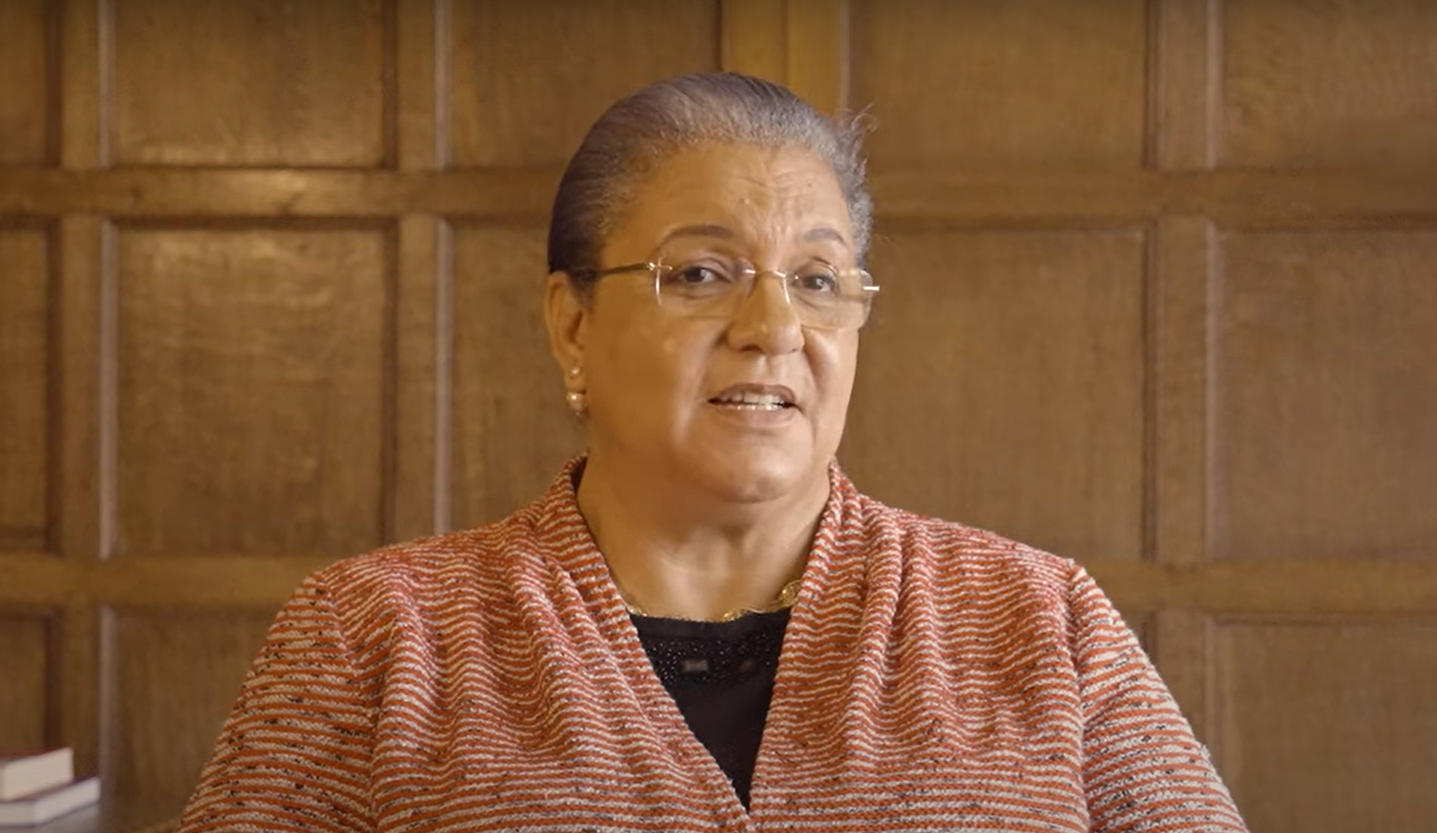Replicating our successful roundtable dialogue in flood stricken Bangkok, we asked the questions below.
- How should Asia develop its approaches for reducing the risk from disasters in the coming years?
- What are the likely trends in climate related disasters which Asia will face and what opportunities can help reduce risks?
- What are the lessons from DRR approaches taken so far in Asia and elsewhere which would help future strategies?
- How can new scientific and technological advances help reduce risks? How to ensure their application?
- What systems work best at country and sub-national level in managing risks?
- What priorities for Asia’s DRR agenda in the next few years?
- How can a regional approach be strengthened?
Significant strides have been made in Asia to reduce the impact of disasters, particularly reducing deaths caused by floods and earthquakes. However, given Asia’s continued rapid economic growth and urbanisation greater efforts are needed to reduce the economic and social impacts. Asian cities need to become more resilient to both current and future risks. Asia constitutes 30% of the global land mass yet 60% of the world’s population. Increased population pressures and urbanisation alongside a changing climate will put increasing strains on the natural and built environments. Additionally, weather related disasters will challenge governments resources and the ability to respond to natural disasters. In the future, as existing risk patterns intensify and effects are felt across borders and regions, it will be economically prudent and more efficient for countries to cooperate on disaster mitigation.
Held in partnership with the Asia Disaster Preparedness Center












